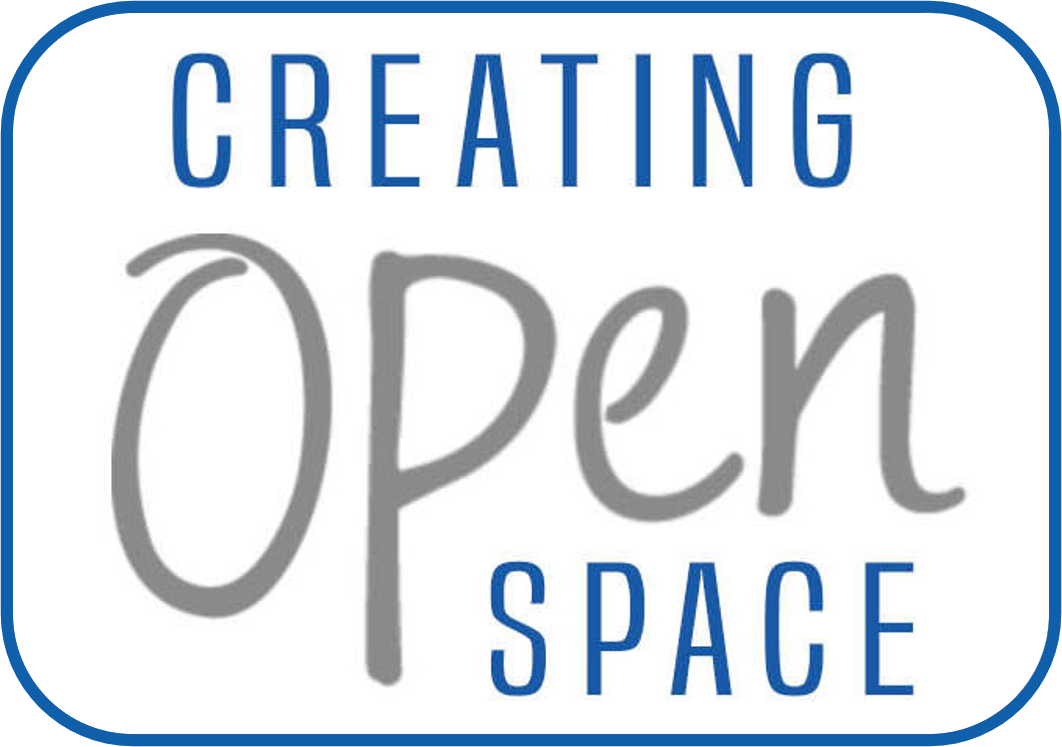Leverage Disruption to Improve Inclusion
Guest Post by Adriana Colom Cruz
Although returning to the office can be difficult after years of remote work, it’s also an opportunity to adopt more inclusive work habits that will facilitate positive team dynamics. Inclusiveness benefits everyone, as research has repeatedly shown that at their best, diverse teams can increase collective intelligence and company success.
In order to actively promote inclusion, equity, and diversity in our everyday lives, the first step we must take is acknowledging that we, as human beings, are biased individuals. Unconscious biases are a part of human nature and are impossible to fully eradicate. However, research demonstrates that with active effort, they can be reduced [1].
It is likely that you have been on the receiving end of bias. Unconscious biases are not limited solely to race and gender, although those are often two categories that people use to define others. There are different types of biases based on other personal characteristics such as age, religion, sexual orientation, and weight. In a society where diversity continues to exponentially grow, the need for cross-cultural and intergroup understanding in our everyday lives is crucial. Below are three recommendations for reducing biases based on existing empirical research.
Educate yourself through books and film. Learning about the science behind unconscious biases and how these biases impact others are an important part of becoming more aware of one’s own role in perpetuating the status quo [2]. If you’re not sure where to begin, I highly recommend the following:
Why Are All the Black Kids Sitting Together in the Cafeteria?: And Other Conversations About Race by Beverly Daniel Tatum
Everyday Bias: Identifying and Navigating Unconscious Judgments in Our Daily Lives by Howard J. Ross
Redefining Realness: My Path to Womanhood, Identity, Love & So Much More by Janet Mock
Sister Outsider by Audre Lorde
Thick And Other Essays by Tressie McMillan Cottom
Netflix’s Immigration Nation limited series
Netflix’s Hello, Privilege. It’s Me, Chelsea. Documentary
Practice self-care through mindfulness. Practicing mindful meditation enhances one's self-regulation and self-monitoring [3] which are crucial for lowering implicit biases. As little as 15 minutes daily can be effective for reducing certain biases [4].
Increase Contact. According to Contact Theory [5], under the appropriate context and conditions, contact and communication between groups of different people can be effective in reducing biases and prejudices. Going out of your way to learn about others by interacting with various communities firsthand is a great way to discover and overcome your own biases.
In addition to sharing resources and speaking up for the importance of inclusion, many leaders leverage the support of DEI professionals, who help teams to navigate the nuances of diverse and multicultural work environments. Workshops, facilitated retreats, and shared experiences in training programs can all help to reduce implicit bias and maximize the benefits of diversity.
References
[1] Ross HJ. Everyday Bias: Identifying and Navigating Unconscious Judgments in Our Daily Lives. Lanham, MD: Rowman & Littlefield; 2014.
[2] Sukhera J, Watling C. A framework for integrating implicit bias recognition into health professions education. Academic Medicine. 2018 Jan 1;93(1):35-40.
[3] Lueke A, Gibson B. Mindfulness meditation reduces implicit age and race bias: The role of reduced automaticity of responding. J Pers Soc Psychol. 2015;6:284–291.
[4] Hafenbrack AC, Kinias Z, Barsade SG. Debiasing the mind through meditation: Mindfulness and the sunk-cost bias. Psychological science. 2014 Feb;25(2):369-76.
[5] Pettigrew TF, Tropp LR. Does intergroup contact reduce prejudice? Recent meta-analytic findings. In Reducing prejudice and discrimination. 2013 May 13 (pp. 103-124). Psychology Press.
